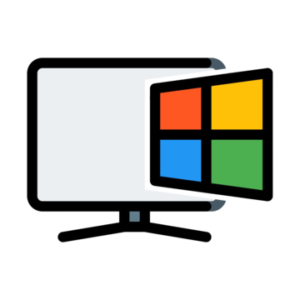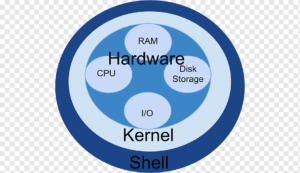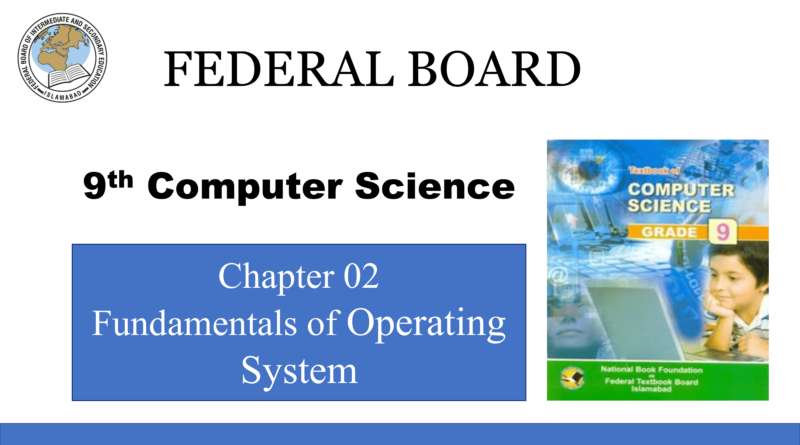9th Computer Science Chapter 2 Fundamentals of Operating System
Introduction to Operating Systems:
The 9th Computer Science Chapter 2 Fundamentals of Operating System kicks off with an overview of operating systems, elucidating their significance in coordinating between user applications and hardware resources. It discusses the evolution of operating systems and their role in shaping the modern computing landscape.

Types of Operating Systems:
Here, various types of operating systems are explored, including single-user, multi-user, real-time, and distributed systems. The characteristics and applications of each type are analyzed to provide students with a broad understanding of OS diversity.
Kernel and Shell:
Students are introduced to the core components of an operating system – the kernel and the shell. The kernel is the central component that interacts directly with the hardware, while the shell serves as the interface between the user and the kernel, facilitating user commands and program execution.

Process Management:
This section delves into process management, a vital aspect of OS functionality. Topics covered include process creation, scheduling, synchronization, and termination. Students gain insight into how operating systems manage multiple processes concurrently to ensure efficient resource utilization.
Memory Management:
The chapter proceeds to discuss memory management techniques employed by operating systems to allocate and deallocate memory efficiently. Concepts such as virtual memory, paging, segmentation, and memory protection mechanisms are explored in detail.
File System Management:
File system management is another crucial aspect covered in this chapter. Students learn about file organization, directory structures, file manipulation operations, and various file system types such as FAT, NTFS, and ext4.

Device Management:
The chapter concludes with an examination of device management within operating systems. It covers device drivers, I/O operations, interrupt handling, and device allocation strategies. Students gain insights into how operating systems interface with peripheral devices to facilitate data exchange.
Throughout the 9th Computer Science Chapter 2 Fundamentals of Operating System, emphasis is placed on understanding the theoretical concepts underlying operating system design and functionality.

